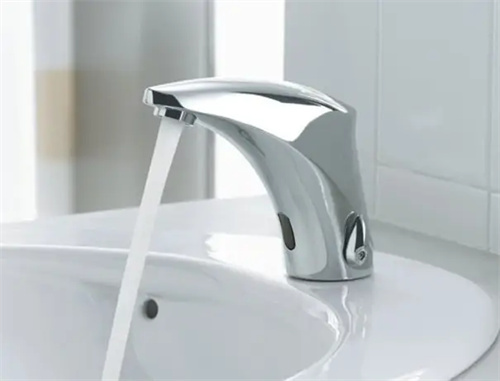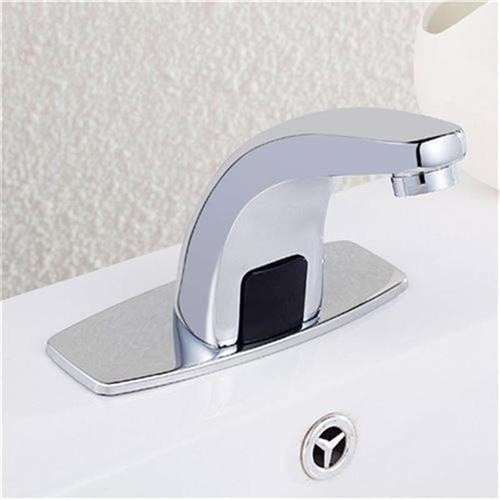Welcome To Hawkrown Professional
Are You Visiting As A Business Buyer (wholesaler/retailer) Or A Homeowner?
Business Buyer
Continue Here >Homeowner
Shop Retail Store >
Home / Blog Center / Chargers / Do Sensor Faucets Require a 220V Power Supply
06/01/2025 | Hawkrown
The sensor faucet does not require direct contact with the hands, effectively preventing cross-infection of bacteria, and is favored by many consumers. So, does a sensor faucet need a 220V power supply?
一. Does a sensor faucet need a 220V power supply?
Yes, a sensor faucet needs a 220V power supply. If the power supply is too high or too low, it will cause the sensor faucet to malfunction. The working principle of the sensor faucet requires a power supply; it uses either AC or DC power to achieve infrared sensing. When a hand is extended within the sensing area, water flows, and when the hand is removed from the sensing area, the water stops automatically, all without touching the faucet.

二. Common faults of sensor faucets
1. Sensor faucet does not release water
First, ensure that the power supply is functioning correctly. Place a hand in front of the infrared window to see if the indicator light turns on. If there is no response, it is usually an issue with the sensing component, and it is recommended to replace the infrared probe. If you're unable to determine the fault, you can use the elimination method; first, plug the infrared part into the water control section of the faulty faucet to determine if the problem is with the sensing part or the electromagnetic valve in the water control part. Also, check that the plug has no contact issues or moisture damage.

2. Sensor faucet doesn't stop water flow
If the sensor indicator light is normal, check whether the filter screen at the water inlet of the water control part is blocked with dirt or other debris. If it is, clean it to prevent clogging. If the problem persists, you can disassemble the electromagnetic valve for thorough cleaning. Remove and clean the valve core, spring, and diaphragm one by one, then reassemble them. If it still does not stop the water, the electromagnetic valve is likely damaged, and you will need to replace that part.

3. Low water flow from the sensor faucet
On one hand, check whether the water pressure and the inherent flow rate of the pipes are low. Also, check that the filter at the water control inlet is functioning well and is not clogged with debris. Another possibility is that if the pipes are made of PPR, and during construction, the joints are heat-fused, excessive heat melting can deform the pipes, leading to reduced water flow.

Conclusion: This article provides an overview of whether a sensor faucet needs a 220V power supply. We hope it helps everyone.
Are You Visiting As A Business Buyer (wholesaler/retailer) Or A Homeowner?
Business Buyer
Continue Here >Homeowner
Shop Retail Store >